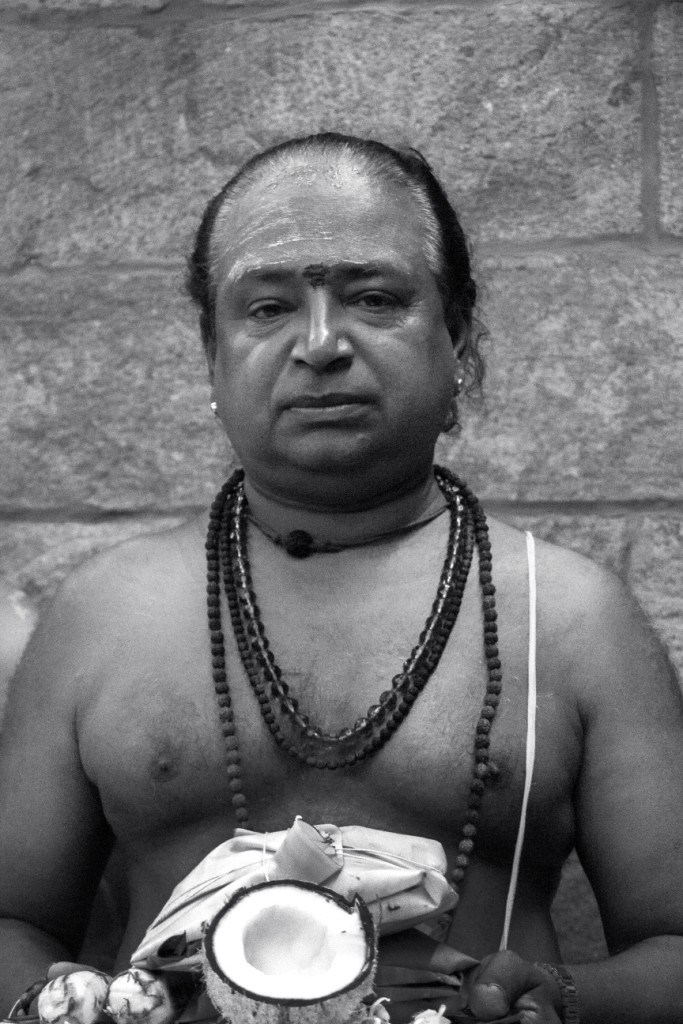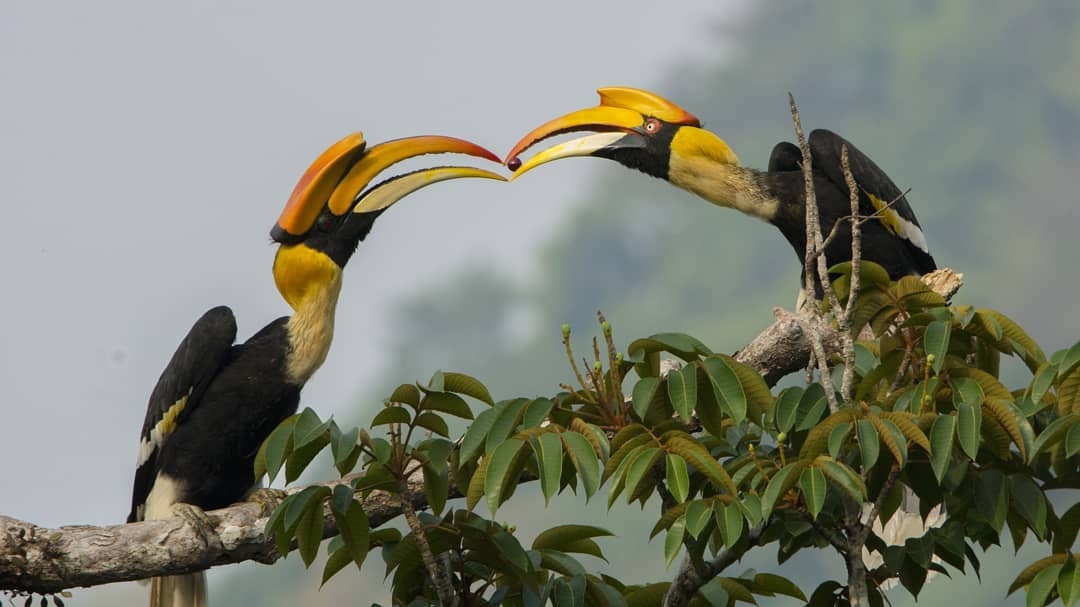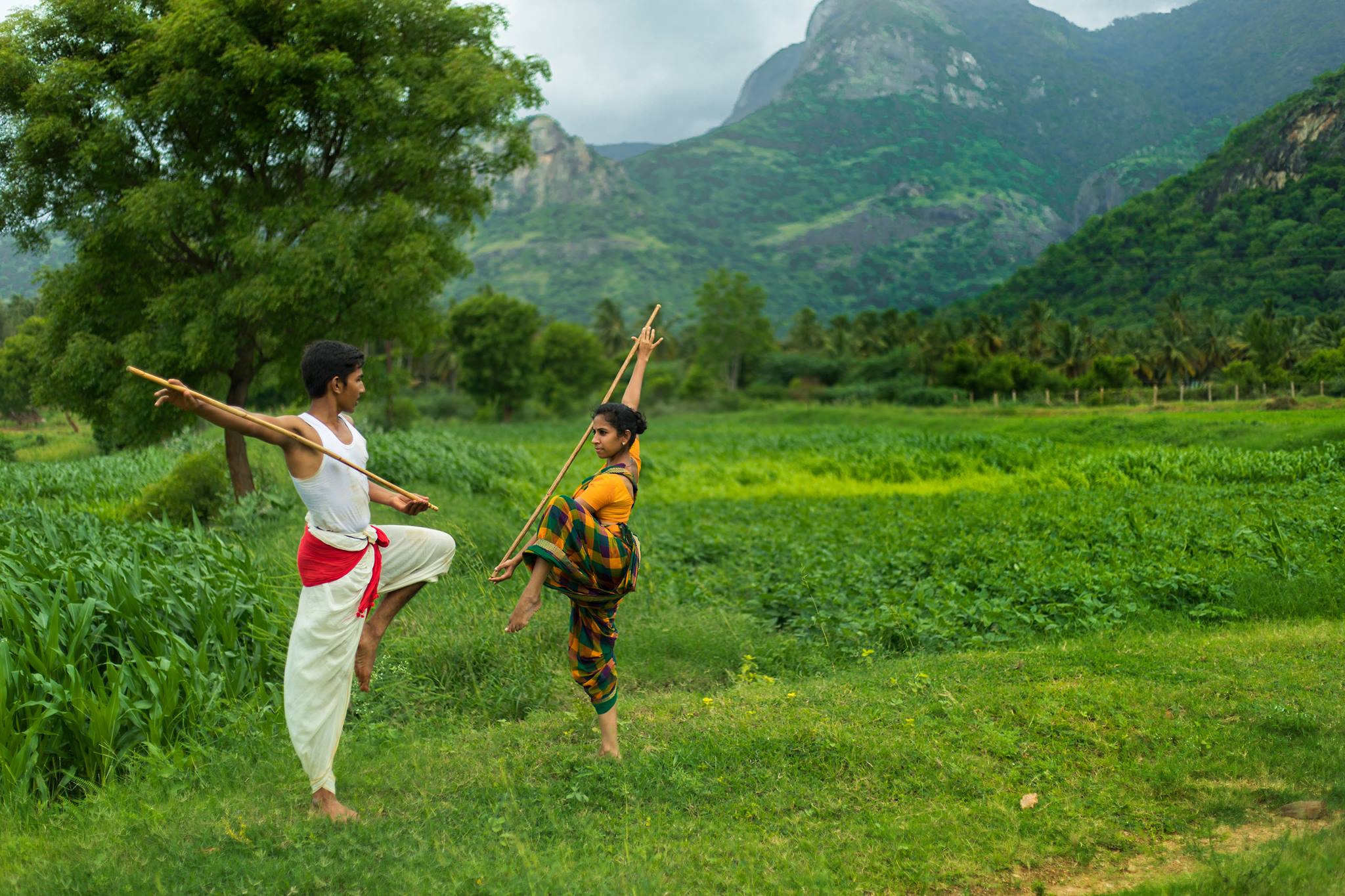Festivals were celebrated in accordance with the beliefs of the community. We would be incorrect in assuming that these celebrations conformed only to the ‘typically tamil’ festivities. Apparently the ancestors of this lush land of Pollachi are descendants of the Vijayanagar dynasty. This influenced the people into adopting many practices of that princely State. Small evidences pertaining to the same were visible. For example, the walls of many homes in Pollachi bore a portrait of the Maharaja of Mysore.
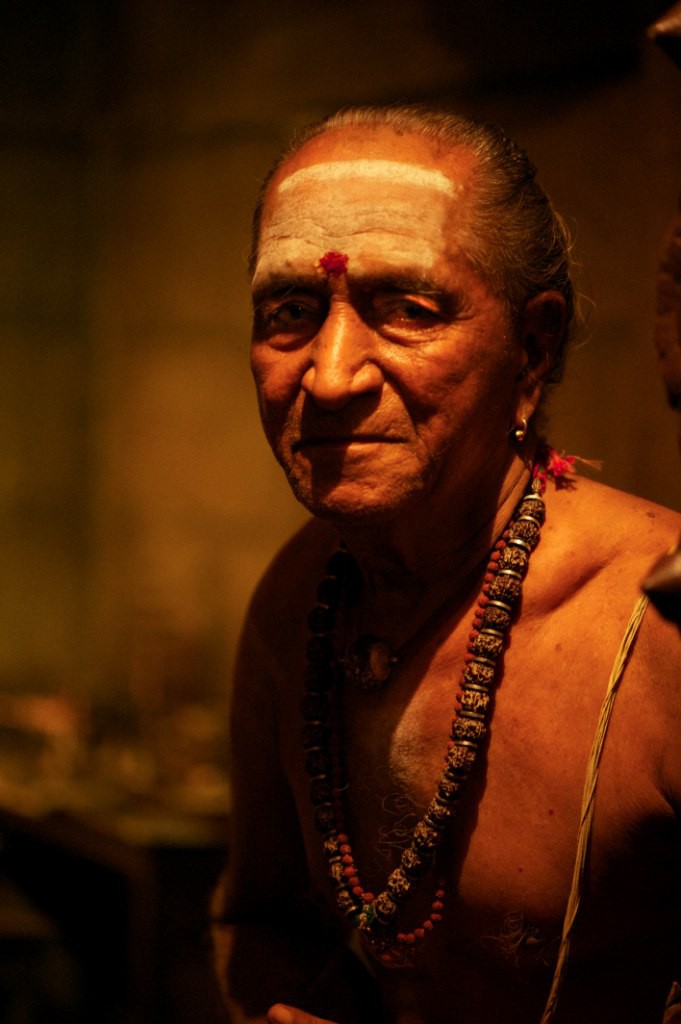
One among such practices is the devotion to the Goddesses during the nine days wherein the significance lies in celebrating the triumph of good over evil. These nine days are known as Navaratri or Dussehra. Even today in the temples of Samathur and Uthukuli, the sword that was used for war is worshipped for the entire duration of the nine days before being handed over to the heads of the respective families.
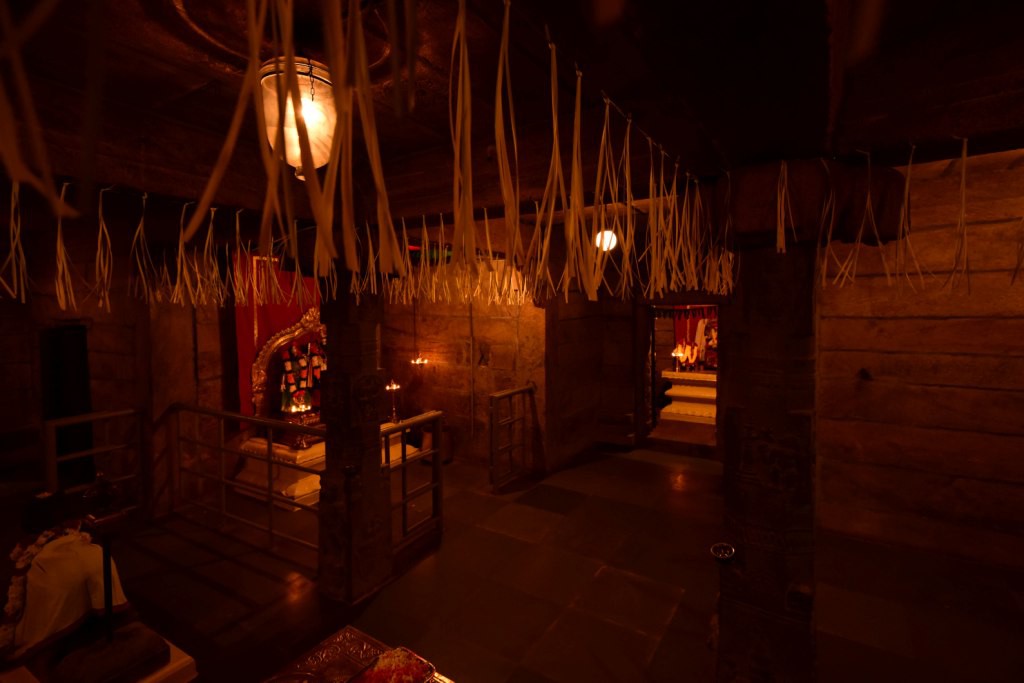
Shrinidhi Kalingarayar of Samathur, has the precious privilege of being a part of the pujas held in both places. She like her family is deeply committed to holding on to these practices and passing it on to the next generation. The temples are open to the villagers, where they can witness the ‘alangaram’ or the traditional finery adorned by the deity along with the intricately strung flower garlands. One such temple where you can witness the processions is the Samathur Shenbagavalli Amman temple.
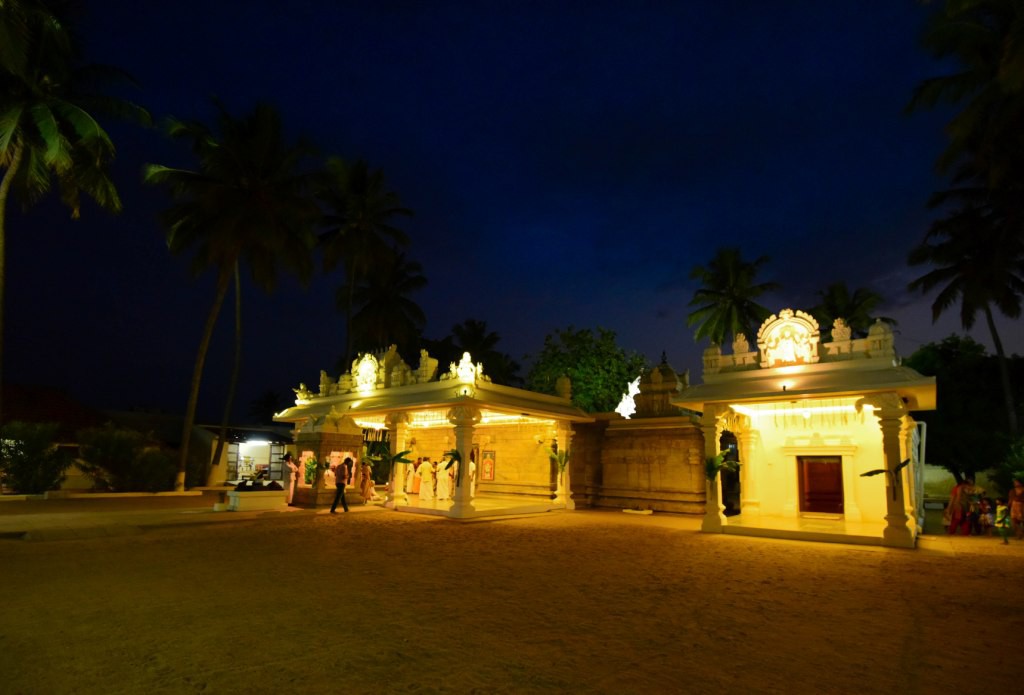
The evening puja starts at 6 pm and ends at around 8:30 pm after which the ‘prasadham’ or the blessed food offering is distributed to those gathered there. It is an experience in itself to soak in the atmosphere that reverberates with chants and serves as a historical reminder of a bygone era.
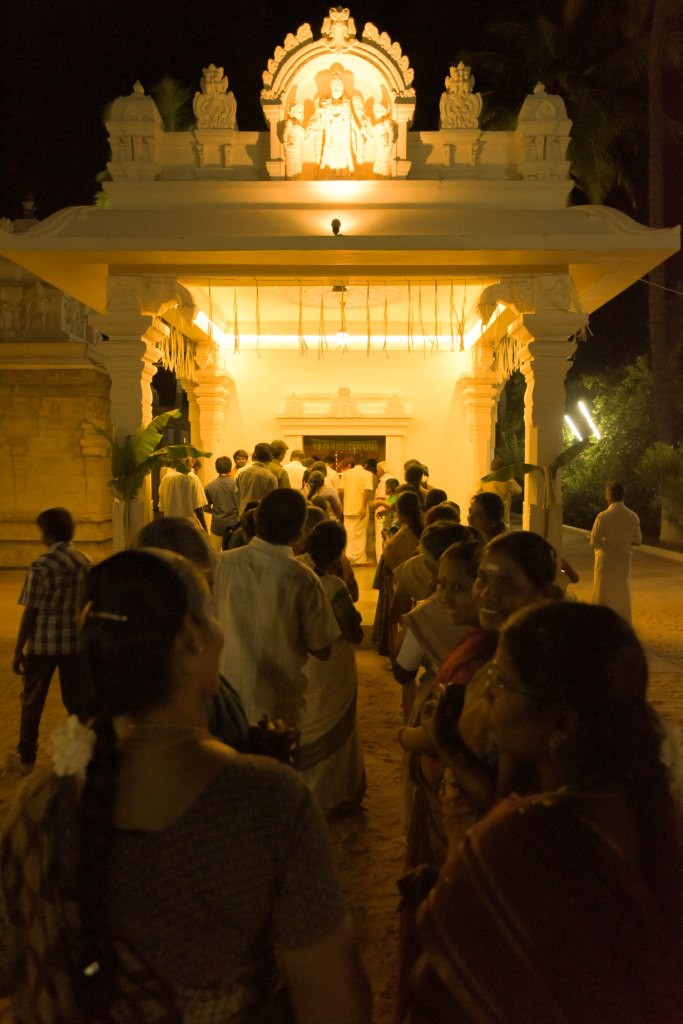
In the olden days, the village temple formed the hub of all social activities be it the classical performances or communal feasts. Shankar Vanavarayar and his family are one of the custodians of the temple at Samathur. No matter how busy his schedule is, he sets aside these nine days to disconnect from the outside world and to immerse himself in the ambience that he reveres.

He says, “It teaches me to pray, not just for myself but for the land and the State. It gives me a deep sense of belonging and adds to the memories of time spent with my grandparents.”
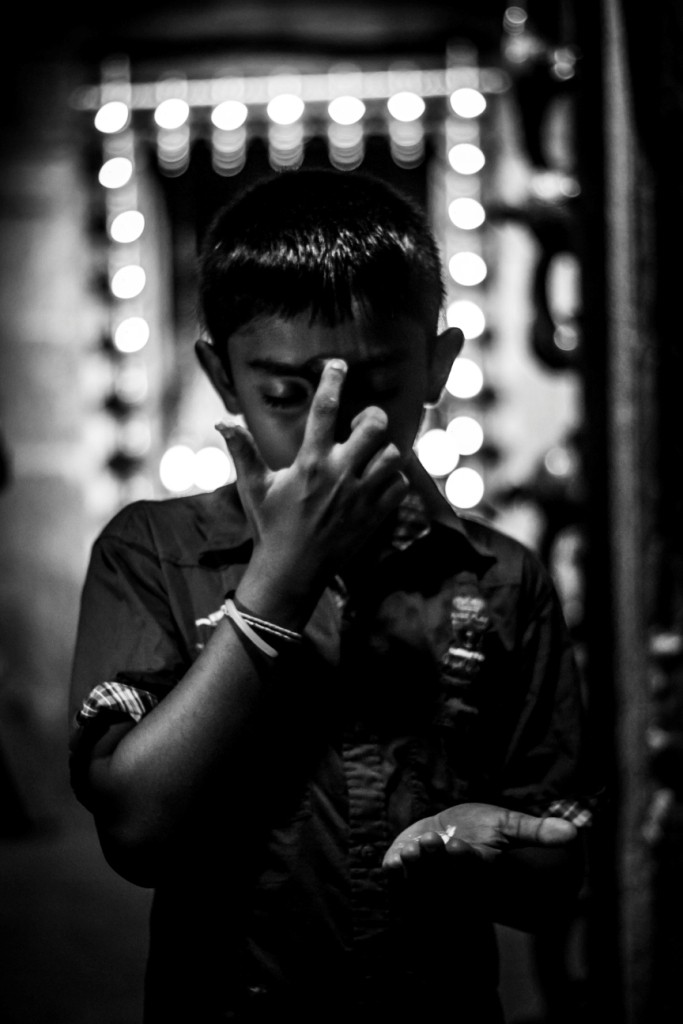
He also adds that the experience of sitting for the two hour puja varies for everyone. For some it could be to lose oneself in the soothing music, for others it might be in relishing the little things like the antique jewels decked on the idol or could even be that of tasting a forgotten sweet.
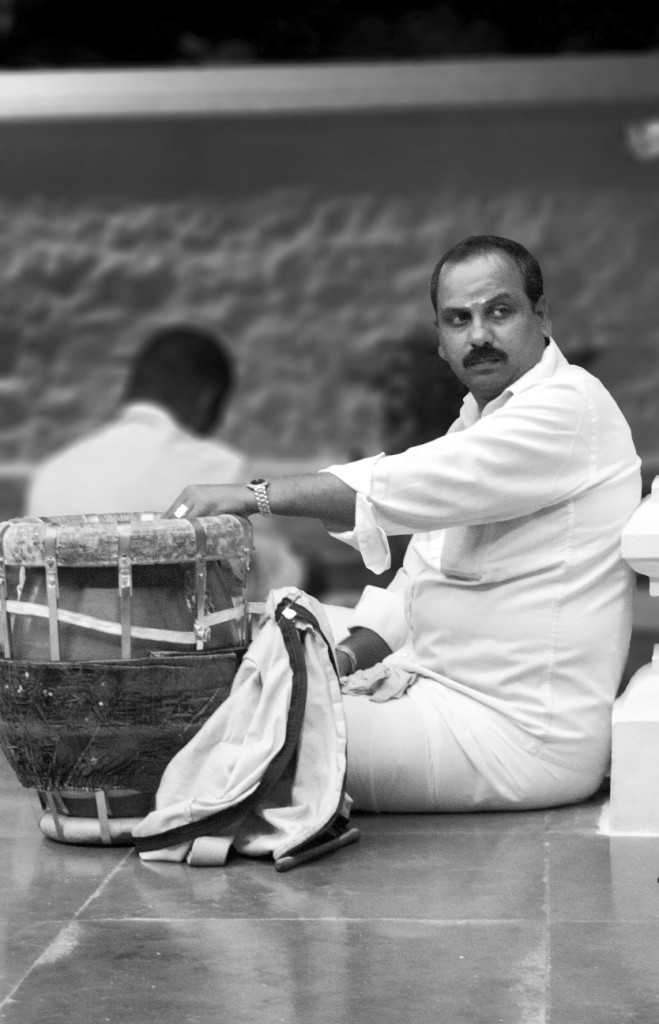
Taking part in the occasion, it makes one certain that traditions such as these need to be preserved and passed on! Rituals aside, the beauty of such occasions lie in the unpretentious manner in which they are held, the people that it touches and the significance they hold. It undeniably bonds the land and all those connected with it.
Here are some pictures of the people at the Samathur temple:
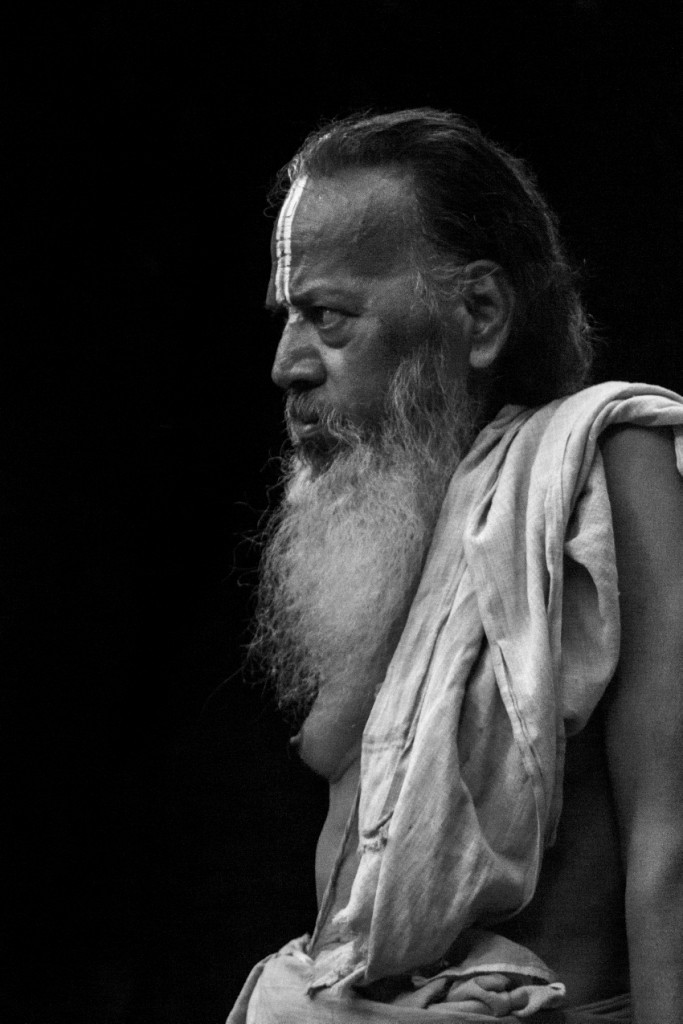
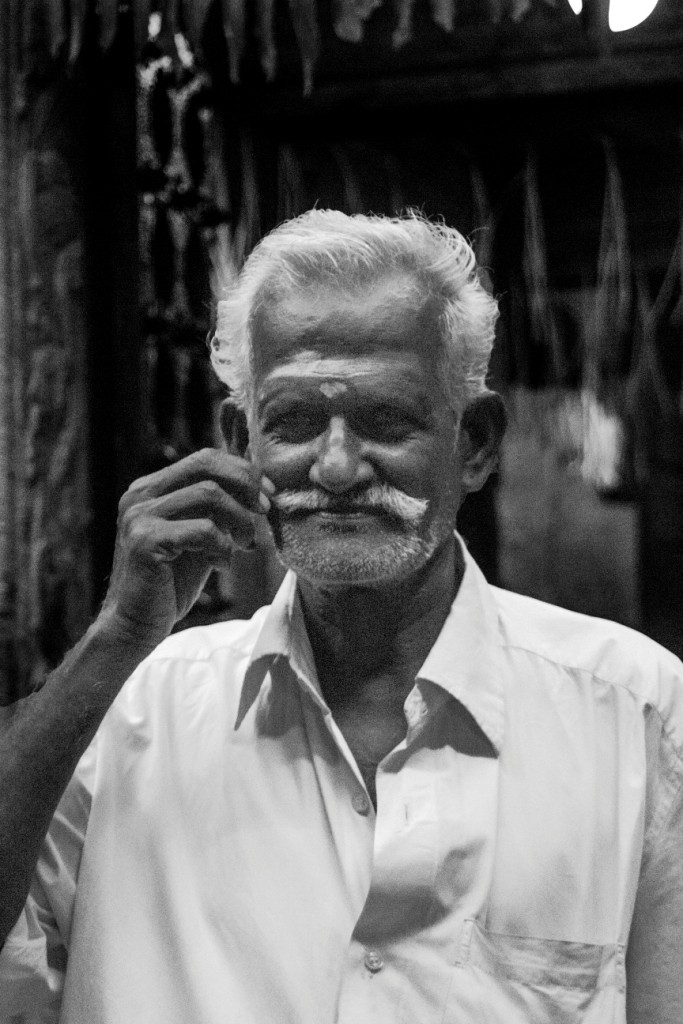
In the midst of our hectic urban schedules, festivities such as these are food for the soul and highlight that which is truly important. To share such celebrations with guests is a matter of pride. Let us preserve and keep that connect with this part of the world, one that is truly special.




